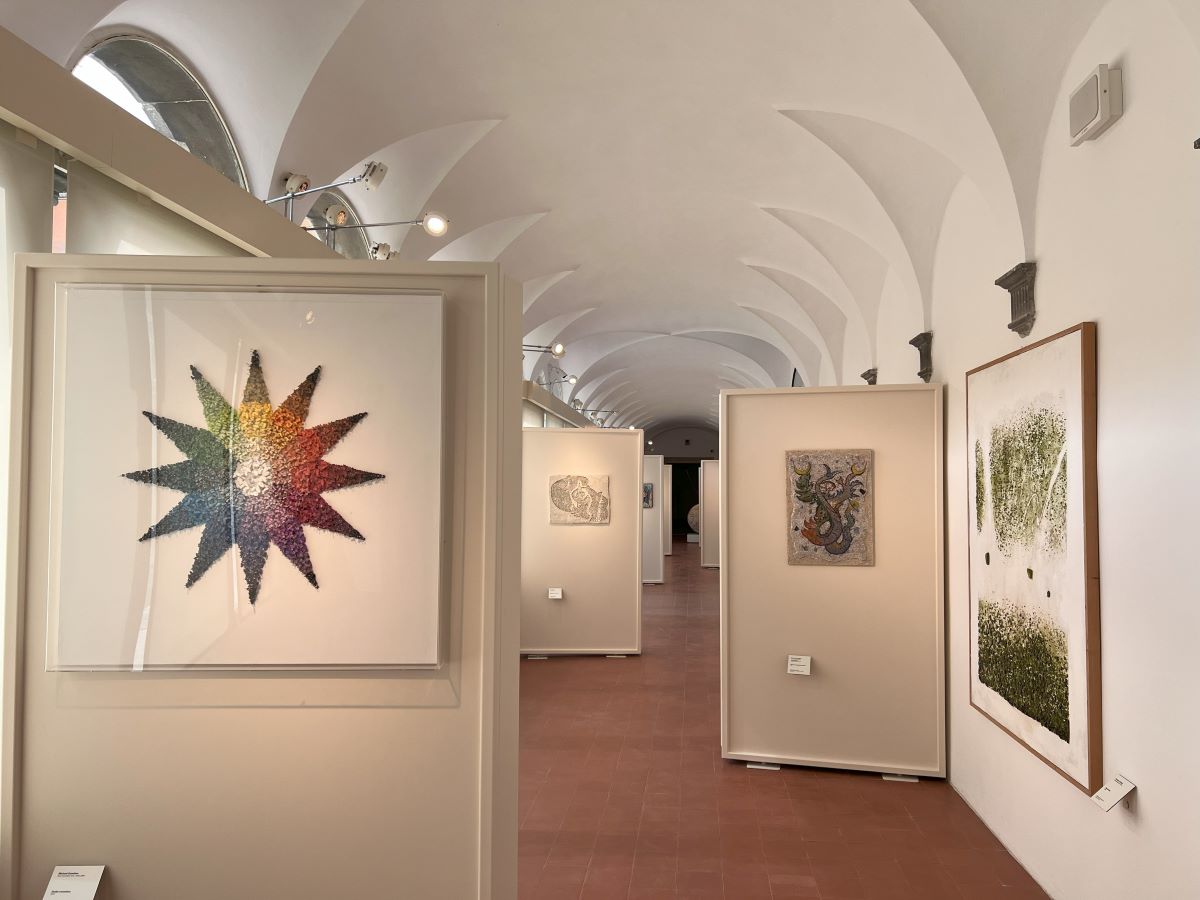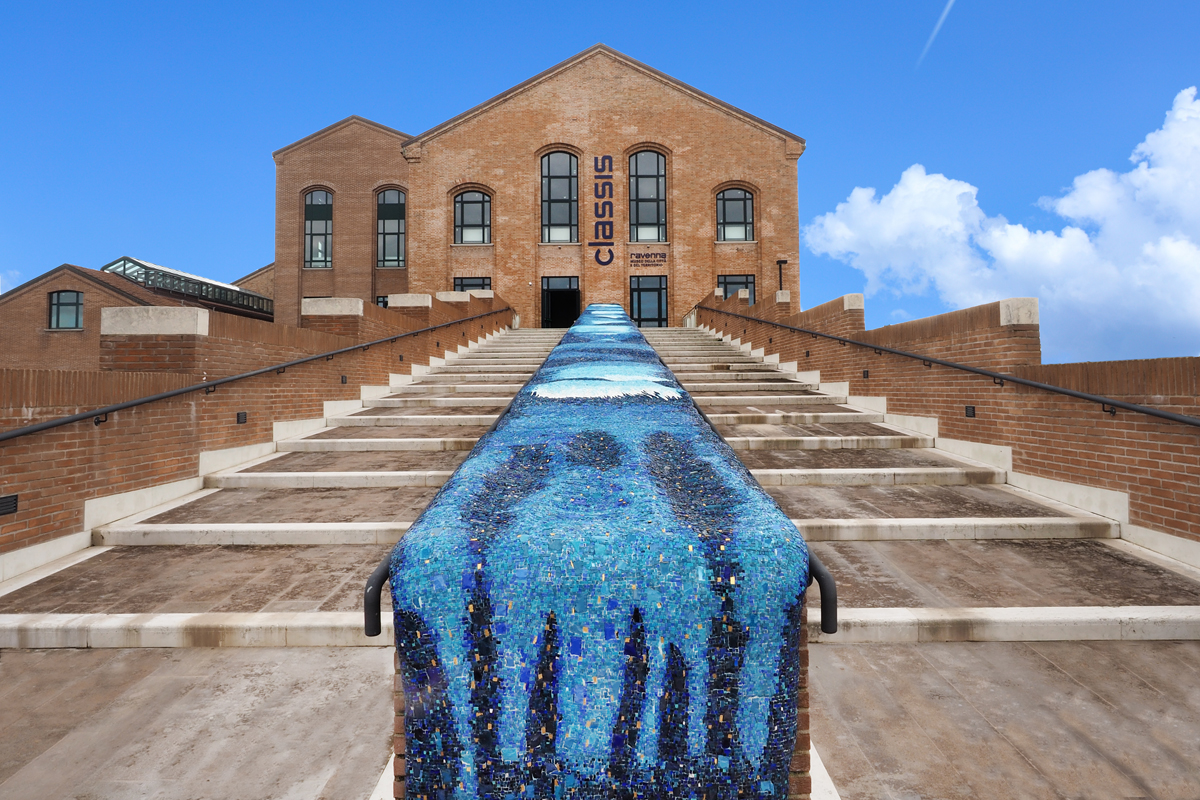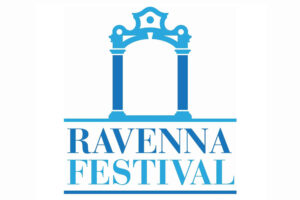Besides the World Heritage monuments of the city, Ravenna offers the opportunity to discover the relationship between the city and mosaic in many other places.
The first stop of the itinerary is undoubtedly the MAR – Ravenna Art Museum, it is possible to discover more about the modern development of mosaic.
Its exhibition halls preserve a charming collection of contemporary mosaics, as well as new mosaic works that go beyond the traditional technique.
The museum is also the main location of the Biennial of Contemporary Mosaic, a big event celebrating the art of mosaic in all its forms.

Just outside the city, in close proximity to the Basilica of Sant’Apollinare in Classe, the Classis Museum exhibits precious archaeological finds found in the territory around Ravenna.
Visitors are welcomed by a spectacular long wave in mosaic decorating the entrance ramp of the museum and highlighting the relationship between Ravenna and the sea.

Last but not least, don’t miss the National Museum of Ravenna, located in the monumental complex of San Vitale.
It houses masterpieces and treasures that have been donated or found in major archaeological excavation and restoration sites, many of them in mosaic.
The best-known ones come from early Christian monuments, such as the transennas and the cross found in San Vitale and the preparatory sinopia outline found in Sant’Apollinare in Classe.






